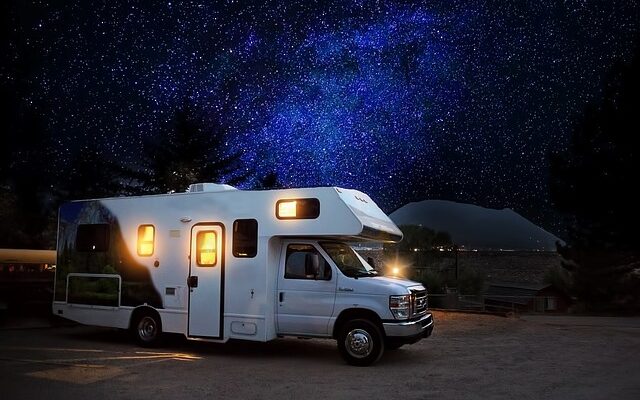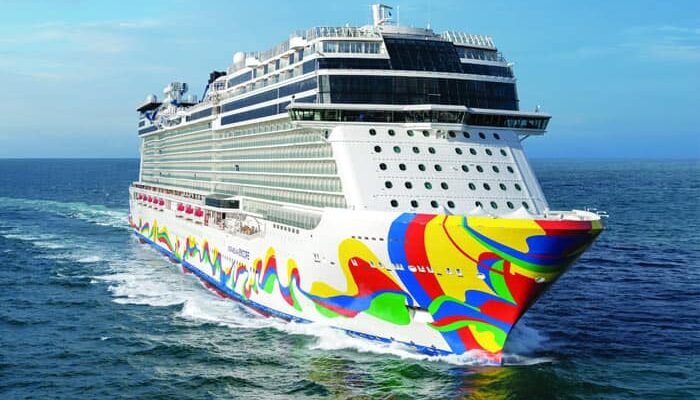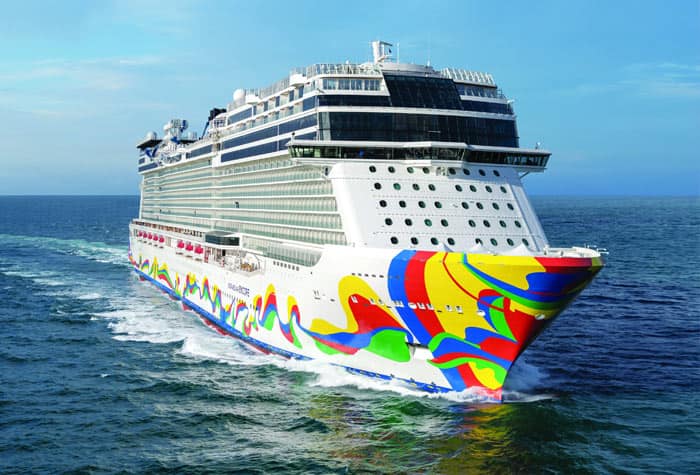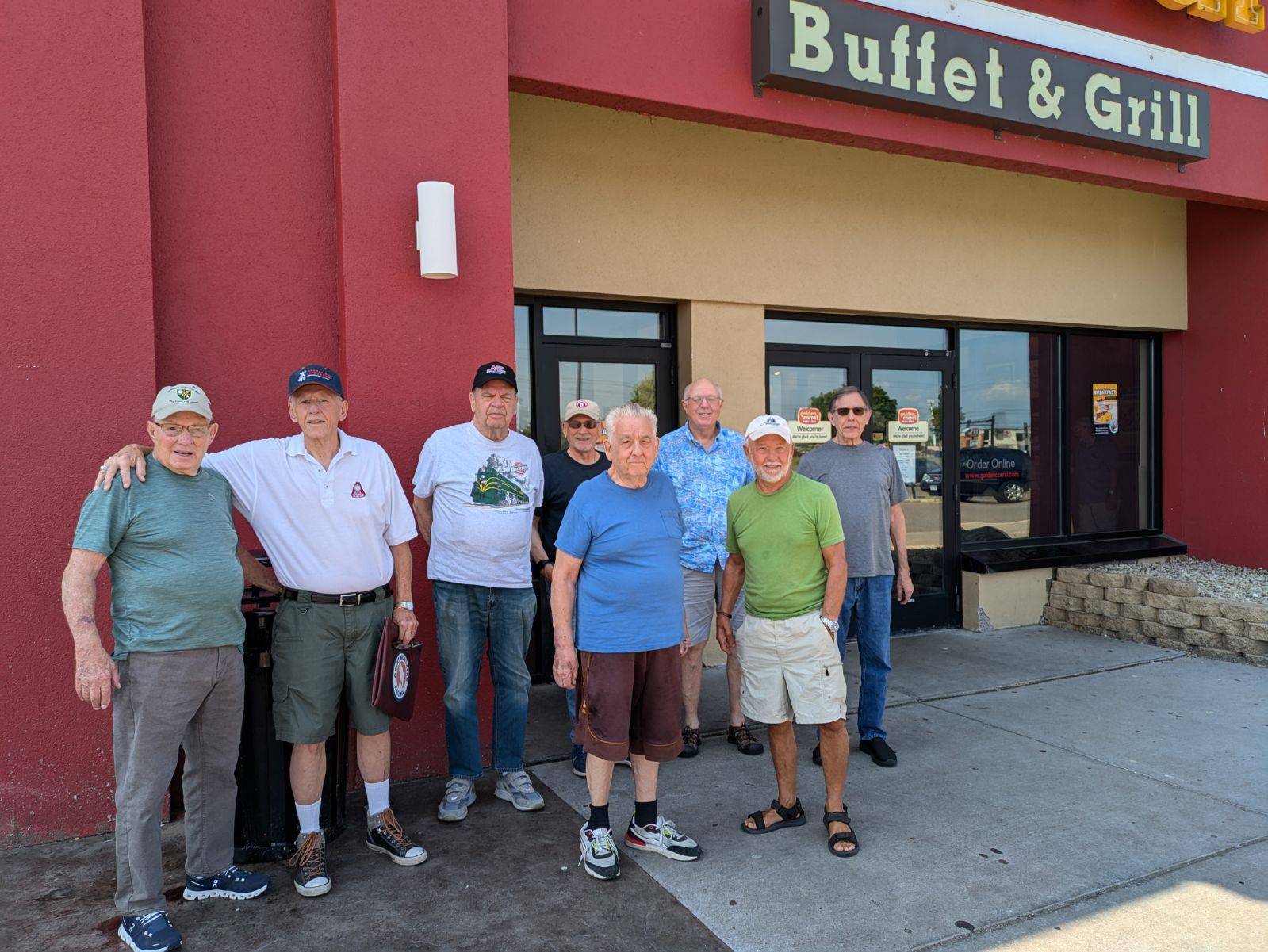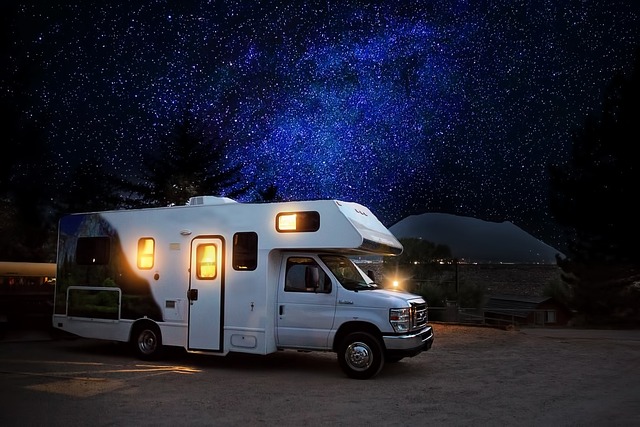
We are often asked, “Why don’t you travel to the US or other countries by motorhome?” We haven’t in the past almost 12 years because we’ve spent most of our time outside the US, making owning or renting an RV impractical in another country for an extended period.
We are also not interested in renting an RV for short periods when we can easily travel outside the US using other means of travel, which provides us with a broader range of locations, safety, and cost options. Most certainly, traveling in the US in an RV is appealing, but neither of us, at our age, has any interest in the responsibility, cost, and upkeep.
In 1978, after subdividing some land in Minnetonka, Minnesota, I traded one of the vacant lots for a 36-foot King’s Highway Motorhome. As a single mom of two boys, I learned to drive and maintain it, and we often traveled the US, often with friends joining us, when I had time to take vacations while running my business.
Eventually, after realizing we wouldn’t use it as often as I would have liked, I rented it, off and on for a year, eventually selling it for a reasonable price. The experience left me with a dislike for traveling by RV based on the work required to set it up and take it down at various RV sites, with what seemed to be constant maintenance along with the cost of fuel.
Early on, before we decided to travel the world, we investigated purchasing a motorhome but lost interest when we both realized the cost would be prohibitive in today’s world since we aren’t campers and would have preferred modern conveniences over “roughing it.”
Over the years, we have met many travelers and friends who have reveled in home-free travel, living full-time in a motorhome. We commend those who made this big decision, but it wasn’t for us.
Today, we share our perspective of traveling by motorhome, RV, or camper, offering this unique experience with its own advantages and disadvantages. Here’s a breakdown:
Photo from ten years ago today, July 23, 2014:


